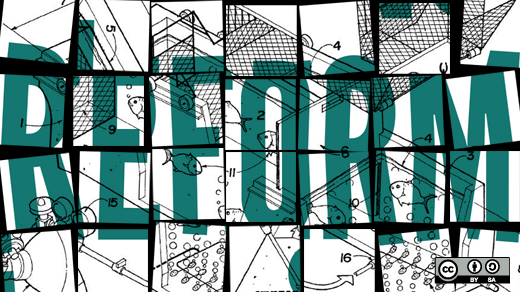While almost no one thinks that the America Invents Act (AIA) will completely solve America’s patent problems, there are a few provisions in the AIA that may be useful tools in limiting and/or preventing bad patents. One of these tools is the newly implemented Preissuance Submission procedure, which went into effect on September 16, 2012. This procedure allows third parties to participate in the patent application process by providing prior art, which can then be used by a patent examiner to determine whether a patent application lacks novelty or is otherwise obvious. The Electronic Frontier Foundation has now seized upon the new procedure to organize a project to identify pending applications related to 3D printing and then seek out relevant prior art for submission.
Precedent for this Preissuance Submission procedure dates back to 2007 when the U.S. Patent and Trademark Office (USPTO) announced a pilot program called Peer To Patent, which invited volunteers to submit a limited number of patent applications in specific technology areas (Computer Architecture, Software, Information Security, and later Business Methods) for public community review. Based on feedback and analysis of the initial pilot, the general consensus has been an acknowledgement that community participation is good for the patent system.
Under the new Preissuance Submission procedure, anyone has standing to submit documents to the USPTO that relate to published patent applications (there are no technology area restrictions). Relevant prior art documents are most likely to be in the form of patents and/or published patent applications, but the new rules allow for the submission of any printed publication that pre-dates the patent application in question. As part of the procedure, submitted documents are required to be accompanied by a concise description of the asserted relevance of each submitted document.
In true open source fashion, I can imagine targeted community projects – similar to the EFF project for 3D printing – being built around specific technology areas of relevance to the open source community. In fact, I can hardly think of anybody in a better position than the open source community to mobilize on something like this.
Any ideas?






3 Comments